| TECHNICAL SPECIFICATIONS |
| AP type |
Outdoor Hardened, Wi-Fi 6 dual radio, 5 GHz 4x4 MIMO and 2.4 GHz 2x2 MIMO |
| Radio 5Ghz |
- Four spatial stream Single User (SU) MIMO for up to 4.8 Gbps wireless data rate to individual 4SS HE160 Wi-Fi 6 client device (max)
- Two spatial stream Single User (SU) MIMO for up to 1.2 Gbps wireless data rate to individual 2SS HE80 Wi-Fi 6 client device (typical)
- Four spatial stream Multi User (MU) MIMO for up to 4.8 Gbps wireless data rate to up to four 1SS or two 2SS HE160 Wi-Fi 6 DL-MU-MIMO capable client devices simultaneously (max)
- Four spatial stream Multi User (MU) MIMO for up to 2.4 Gbps wireless data rate to up to four 1SS or two 2SS HE80 Wi-Fi 6 DL-MU-MIMO capable client devices simultaneously (typical) |
| Radio 2.4Ghz |
- Two spatial stream Single User (SU) MIMO for up to 575 Mbps wireless data rate to individual 2SS HE40 Wi-Fi 6 client device (max)
- Two spatial stream Single User (SU) MIMO for up to 287 Mbps wireless data rate to individual 2SS HE20 Wi-Fi 6 client device (typical)
- Two spatial stream Multi User (MU) MIMO for up to 575 Mbps wireless data rate to up to two 1SS HE40 Wi-Fi 6 DLMU-MIMO capable client devices simultaneously (max)
- Two spatial stream Multi User (MU) MIMO for up to 287 Mbps wireless data rate to up to two 1SS HE20 Wi-Fi 6 DLMU-MIMO capable client devices simultaneously (typical) |
| Maximum client |
Support for up to 512 associated client devices per radio, and up to 16 BSSIDs per radio |
| Supported frequency bands (country-specific restrictions apply) |
- 2.400 to 2.4835 GHz
- 5.150 to 5.250 GHz
- 5.250 to 5.350 GHz
- 5.470 to 5.725 GHz
- 5.725 to 5.850 GHz
- 5.825 to 5.875 GHz |
| Available channels |
Dependent on configured regulatory domain |
| Supported radio technologies |
- 802.11b: Direct-sequence spread-spectrum (DSSS)
- 802.11a/g/n/ac: Orthogonal frequency-division multiplexing (OFDM)
- 802.11ax: Orthogonal frequency-division multiple access (OFDMA) with up to 16 resource units (RU) |
| Supported modulation types |
- 802.11b: BPSK, QPSK, CCK
- 802.11a/g/n: BPSK, QPSK, 16-QAM, 64-QAM, 256-QAM (proprietary extension)
- 802.11ac: BPSK, QPSK, 16-QAM, 64-QAM, 256-QAM, 1024 QAM (proprietary extension)
- 802.11ax: BPSK, QPSK, 16-QAM, 64-QAM, 256-QAM, 1024 QAM |
| 802.11n high-throughput (HT) support |
HT20/40 |
| 802.11ac very high throughput (VHT) support: |
VHT 20/40/80 |
| 802.11ax high efficiency (HE) support |
HE20/40/80 |
| Supported data rates (Mbps): |
- 802.11b: 1, 2, 5.5, 11 - 802.11a/g: 6, 9, 12, 18, 24, 36, 48, 54
- 802.11n (2.4GHz): 6.5 to 300 (MCS0 to MCS15, HT20 to HT40)
- 802.11n (5GHz): 6.5 to 600 (MCS0 to MCS31, HT20 to HT40)
- 802.11ac: (5 GHz): 6.5 to 3,467 (MCS0 to MCS9, NSS = 1 to 4 for VHT20 to VHT160)
- 802.11ax (2.4GHz): 8.6 to 574 (MCS0 to MCS11, NSS = 1 to 2, HE20 to HE40)
- 802.11ax (5GHz): 8.6 to 4803 (MCS0 to MCS11, NSS = 1 to 4, HE20 to HE160) |
| 802.11n/ac/ax Packet aggregation |
A-MPDU, A-MSDU |
| Transmit power |
Configurable in increments of 0.5 dBm |
| Maximum (aggregate, conducted total) transmit power (limited by local regulatory requirements): |
- 2.4 GHz band: +22 dBm per chain, +25dBm aggregate (2x2)
- 5 GHz band: +22 dBm per chain, +28dBm aggregate (4x4) |
| Maximum EIRP |
- 2.4 GHz band: 29.0 dBm EIRP
- 5 GHz band: 32.6 dBm EIRP |
| FLEXIBLE OPERATION AND MANAGEMENT |
| Controller-less (Instant) mode |
In controllerless mode, one AP serves as a virtual controller for the entire network. |
| Mobility Controller mode |
For optimized network performance, roaming and security, APs tunnel all traffic to a mobility controller for centrally managed traffic forwarding and segmentation, data encryption, and policy enforcement |
| Management options |
- Aruba Central (cloud-managed)
- Aruba AirWave |
| WI-FI ANTENNAS |
| Antenna |
- Built in Omni Directional Antennas
- 5 GHz Antennas 5dBi
- 2.4GHz Antennas 3.4dBi
- BLE/Zigbee: Integrated omnidirectional antenna and the peak gain of 6dBi |
| OTHER INTERFACES |
| Interfaces |
E0: HPE SmartRate port (RJ-45)
- Auto-sensing link speed (100/1000/2500BASE-T) and MDI/MDX
- 2.5Gbps speed complies with NBase-T and 802.3bz specifications
- PoE-PD: 48Vdc (nominal) 802.3at/bt (Class 4 or higher) - 802.3az Energy Efficient Ethernet (EEE)
E1: 100/1000BASE-T (RJ-45)
- Auto-sensing link speed and MDI/MDX
- 802.3az Energy Efficient Ethernet (EEE)
- PoE-PD: 48Vdc (nominal) 802.3at/bt (Class 4 or higher) |
| Bluetooth 5 and 802.15.4 radio |
- 2.4 GHz
- Bluetooth 5: up to 8dBm transmit power and -95dBm receive sensitivity
- Zigbee: up to 8 dBm transmit power and -97dBm receive sensitivity
- Up to 4dBm transmit power (class 2) and -91 dBm receive sensitivity |
| Reset button |
Factory reset (during device power up) |
| Visual indicator (LED) |
For system and radio status |
| Serial console interface |
USB-C console interface |
| POWER SOURCES AND POWER CONSUMPTION |
| Maximum (worst-case) power consumption |
- POE powered (dual ports): 32.0W
- POE powered (single port, full function): 26.1W |
| Maximum (worst-case) power consumption in idle mode |
14.0W (single POE) or 16.0W (dual POE) |
| Maximum (worst-case) power consumption in deep-sleep mode |
2.9W (single POE) or 3.9W (dual POE) |
| MECHANICAL SPECIFICATIONS |
| Dimensions/weight |
- 24 cm (W) x 24 cm (D) x 27 cm (H)/ 9.4” (W) x 9.4” (D) x 10.6” (H)
- 2.5kg/5.6lbs |
| ENVIRONMENTAL SPECIFICATIONS |
| Operating conditions |
- Temperature: -40° C to +65° C (-40° F to +149° F) with full solar loading
- Humidity: 5% to 93% non-condensing internal
- Rated for operation in all weather conditions |
| Storage and transportation conditions |
- Temperature: -40° C to +70° C (-40° F to +158° F) |
| Operating Altitude |
3000m |
| Water and Dust |
IP66/67 |

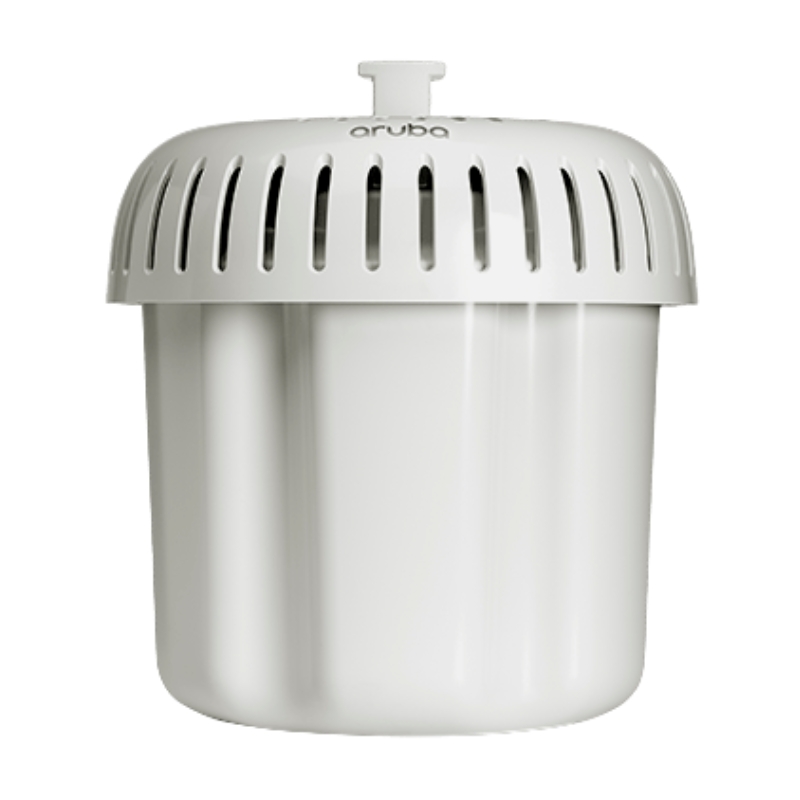
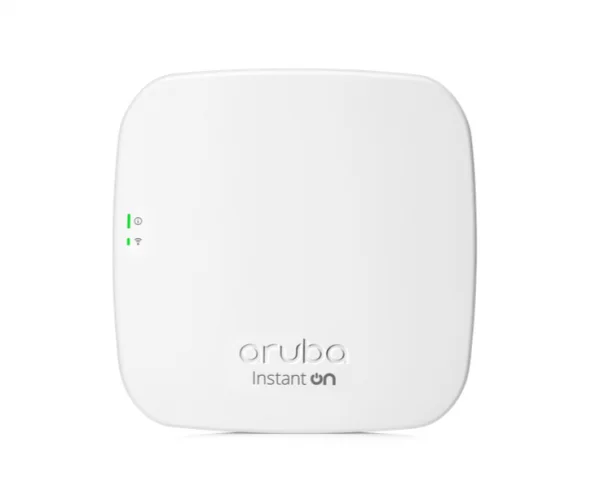

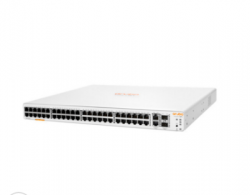


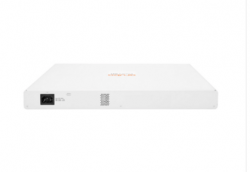

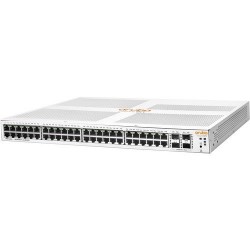
 Giờ vàng giá sốc
Giờ vàng giá sốc